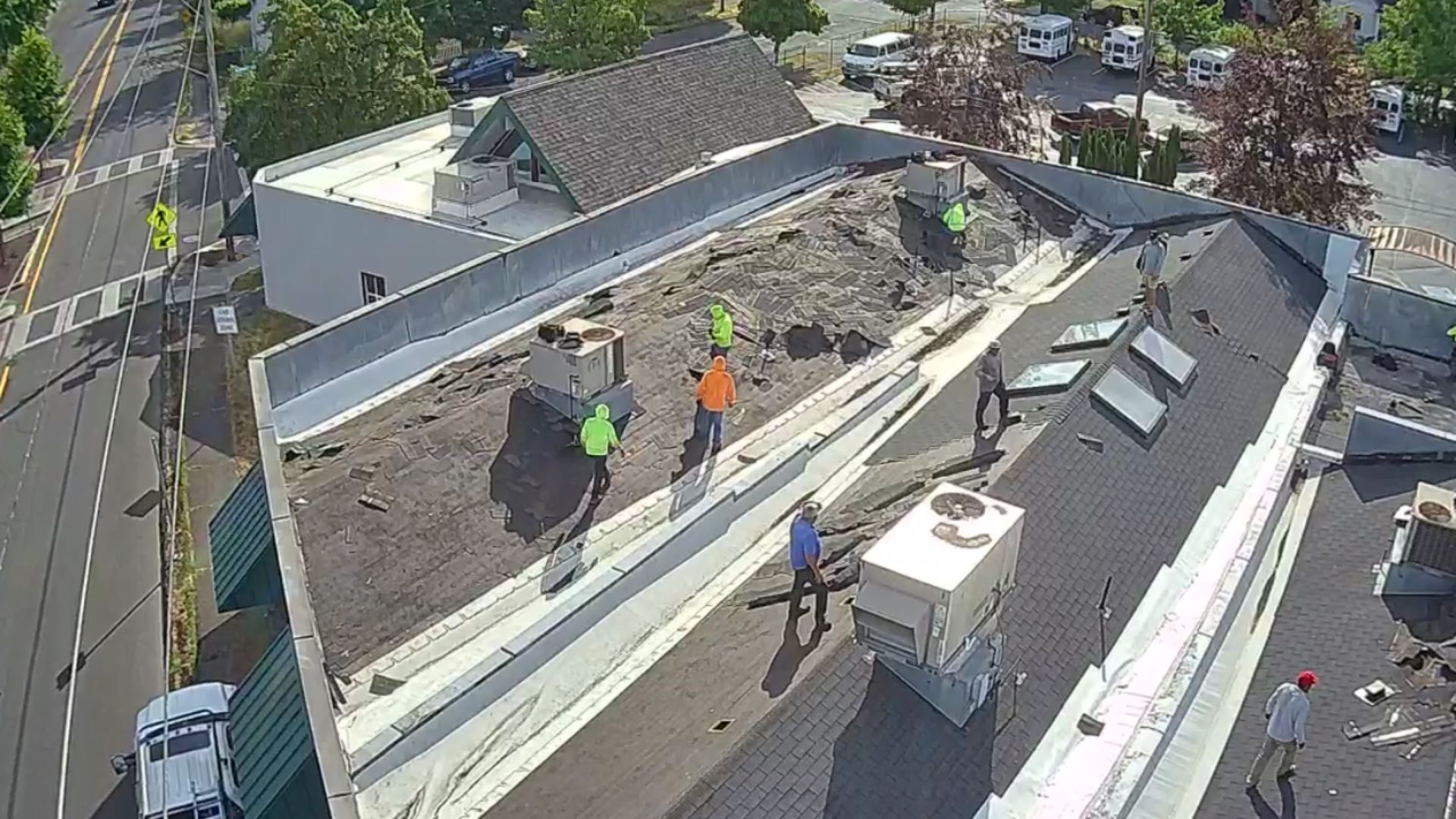Your roof is your home’s first line of defense against the elements, and the weather in Salem, OR can put it to the test year-round. From heavy rains to summer heat, every season brings conditions that affect your roof’s performance and longevity. Understanding these impacts helps homeowners stay proactive with maintenance and avoid expensive repairs.
Heavy Rain and Roof Integrity
In the Pacific Northwest, rainfall is a major factor in roof wear. Persistent rain can weaken shingles, erode protective layers, and expose the underlying structure. Poor drainage or clogged gutters compound the issue, allowing water to pool and seep into the roof deck.
Unchecked, this can lead to leaks, mold growth, and even structural damage. Regular inspections after rainy seasons ensure early detection of soft spots or water intrusion.
Snow and Ice Damage
Though Salem doesn’t experience extreme snow like other regions, occasional ice and snow events can cause damage. Ice dams form when melting snow refreezes at the eaves, preventing proper drainage. This traps water on the roof, forcing it beneath shingles.
Even light snow adds weight, stressing aging or weakened roof sections. Clearing gutters and ensuring proper attic insulation minimizes these risks during winter.
Wind and Storms
Strong winds from seasonal storms can loosen or lift shingles, leaving vulnerable gaps. Flying debris can puncture or crack roofing materials, while tree branches scraping against the roof accelerate wear.
After a windstorm, homeowners should check for missing shingles, bent flashing, or visible damage. Quick repairs prevent minor issues from escalating into costly replacements.
Sun and Heat Exposure
While rain and wind get most of the attention, the sun is equally damaging. Prolonged UV exposure causes shingles to dry out, curl, and become brittle. In Salem, warm summers combined with direct sunlight can shorten a roof’s lifespan.
Reflective roofing materials and routine maintenance help combat UV damage, keeping your roof efficient and durable.
Seasonal Temperature Fluctuations
Oregon’s weather includes fluctuating temperatures—cool mornings, warm afternoons, and chilly nights. These cycles cause roofing materials to expand and contract. Over time, this movement weakens seals and fasteners, creating gaps for water infiltration.
Scheduling seasonal roof inspections allows homeowners to catch problems early, before they compromise the roof’s integrity.
The Role of Humidity
High humidity levels also contribute to roof deterioration. Moisture trapped in attic spaces can condense, leading to mold, rot, and insulation issues. Adequate ventilation is key to maintaining airflow and preventing moisture buildup.
Homeowners should ensure vents are clear and insulation is properly installed to extend roof life.
Preventative Maintenance Tips
Protecting your roof from weather-related damage doesn’t require guesswork. These preventative steps go a long way in maintaining roof health:
- Schedule professional inspections twice a year.
- Clean gutters and downspouts to ensure proper drainage.
- Trim overhanging branches to prevent debris damage.
- Inspect attic ventilation and insulation regularly.
- Address minor repairs before they worsen.
Simple, consistent upkeep can save thousands of dollars in long-term roof repair or replacement costs.
When to Call a Professional
Even with proactive care, some weather impacts require professional attention. Signs like water stains on ceilings, missing shingles, or sagging rooflines shouldn’t be ignored.
If you suspect weather has compromised your roof, contact Advanced Roofing Technologies Inc. in Salem, OR. Their experienced team provides expert assessments and repair solutions to keep your home safe. Call today at 503-339-7234.





